Poetry in Turkish literature is collected under certain titles according to its characteristics. One of these titles is verse form. The number of lines, measures and rhyme forms of the poems are the features that reveal the verse form of the poem. There are many different types of verse. Let’s examine the verse form and its types with examples.
For thousands of years, poetry has been spoken and written on these lands. In addition to the examples of poetry that have survived to the present day, there are also poems written in different periods of the Turks, under the influence of different cultures. They can be grouped under certain headings in terms of form as well as classified according to the subject. The most important of these titles is the verse form. The order of a poem reveals its verse form.
When the poems in Turkish literature are classified according to their verse form, their common features are the number of lines, measures and rhyme forms. Of course, the common feature of the poems collected under the title of the same verse form is that they are composed according to the same order, but they can also deal with similar subjects. There are many different verse forms enriched with subtitles. Let’s examine the verse form and its types with examples.
First, what is the verse form?
The arrangement of the poems written by the poets according to the similar number of lines, meter and rhyme forms forms the verse form. verse form, actually are the common features of the poems in terms of shape. The verse form is a feature not only in Turkish literature, but also in other literatures. There are many different types of verses enriched with subtitles.
So, what are the types of verse form? Let’s examine with examples:
Pre-Islamic Turkish literature verse forms
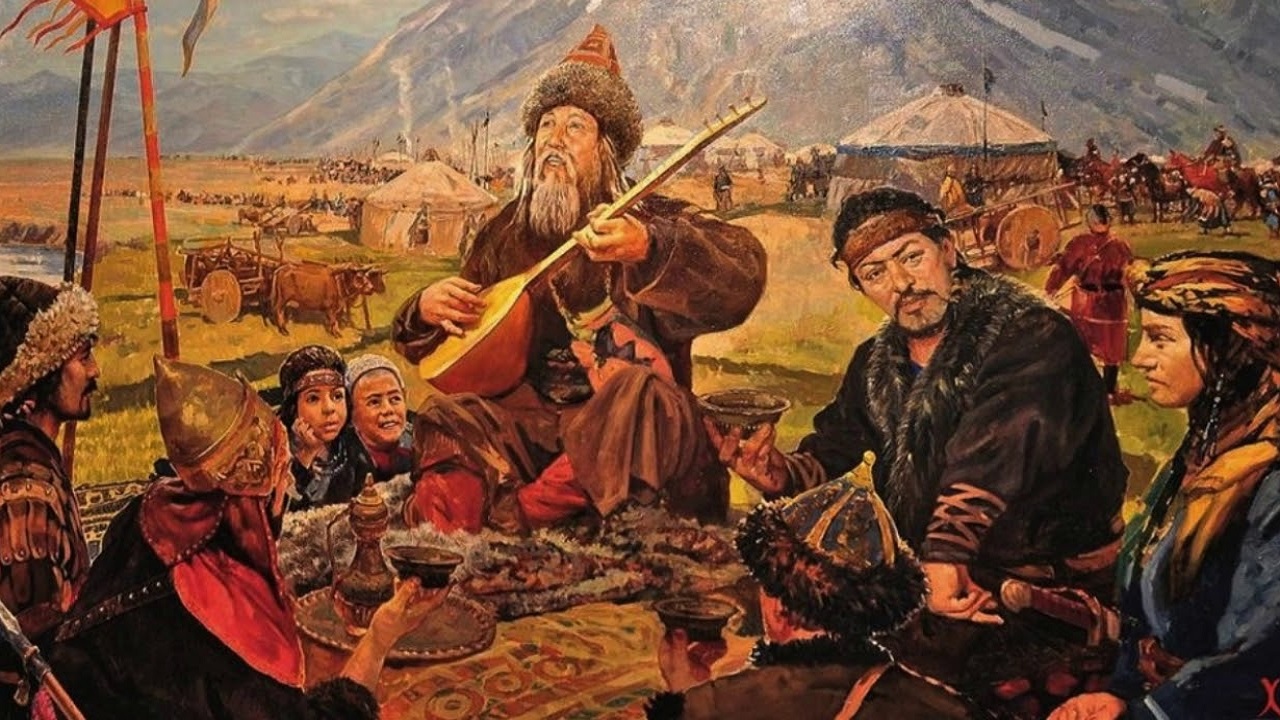
Verse:
In the pre-Islamic Turkish period, the poems sung on subjects such as love, bravery and nature accompanied by kopuz in hunting ceremonies and sacrificial ceremonies called Toy are called kopuz. It is similar to the form of kosher in folk literature and ghazal in Divan literature. It has the rhyme scheme aaab, cccb, dddb.
Run example:
I’m sorry
I rooted for Arslanlayu
Alps torched your head
Sucked who holds semen
His blood flowed
The container was pierced by the camouflage
The dead were run together
Togmuş kini ush does not sink
Kaklar Kamug Köldi
Tags head forward
Ajun shuddered
Tutu Cecek Çerkeşür
Ethyl water aka turr
Rock tube poops
Fish wire is looking around
Your slave’s jewelry rots
Sago:
Lamentations made after the deceased in the pre-Islamic Turks period are called sago. It has seven syllables. It is said in quatrains. Sagu sung in death ceremonies named Yuğ; The lament in folk literature is similar to the elegy form in Divan literature.
Sagu example:
Is Alp Er Tunga dead?
Is there a deserted ajun left?
Did the coward take revenge?
Suck heart is torn.
cowardly kuni attitude
Yalnguk Kuçin Kevretür
Erdin ajun sevretur
If the tag is gone, it will be dissolved.
Begler throw urgurup
Kadgu moment torgurup
Mengzi’s face is pale.
My fear is angar.
Epic:
The heroic stories that have been experienced or thought to have been lived are called epics. Its examples can be seen in many different literatures and literary periods. There are sub-genres as natural and artificial epics. Nazım Hikmet’s Kuvayi Milliye Epic can be given as an example to an artificial epic, and Oğuz Kağan’s epic to a natural epic.
Argument:
Poems containing concise words in the pre-Islamic period are called ass. It says a lot in few words. It is possible to encounter many arguments in Kaşgarlı Mahmud’s work called Divân-ı Lügati’t-Türk.
Example of argument:
The tag does not get the tag, the person gets the personality.
Anonymous folk literature verse forms
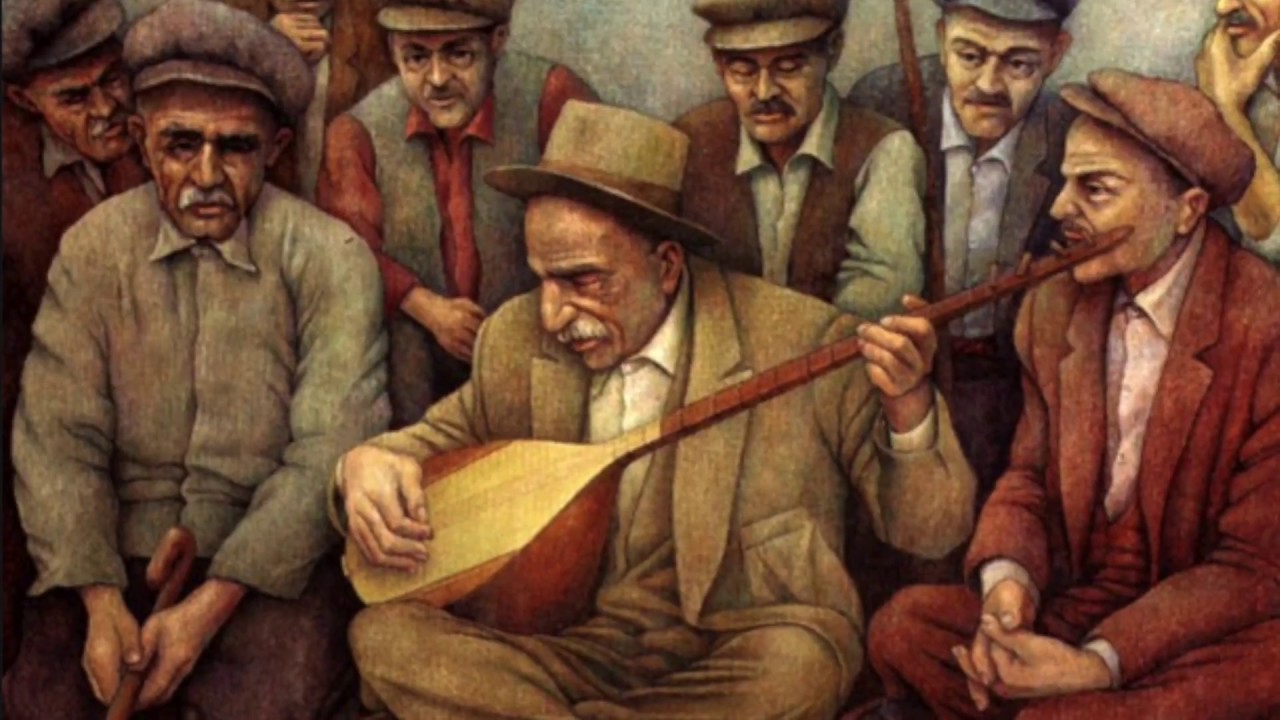
mania:
Mania, a folk literature verse form, has 7 syllables and four lines. There are versions with 4-5-8-10-14 syllable patterns. The rhyme scheme is aaxa. Mania can be said about many different subjects, especially love.
Mania example:
If it weren’t for those mountains
If the flower had not withered
Death is the command of the God
If there was no separation
Folk song:
The folk song is a musical version of the poem. It was formed by adding the suffix i to the end of the Turkish name and it means Turkish. It has no fixed form, a poem adapted to a song becomes a folk song. It can be said about many different things.
Lullaby:
Lullabies, in general, are poems sung with a melody to calm crying children or put them to sleep. It is known that it is beneficial both for cultural transfer, for children to meet poetry and for children’s ears to get used to music.
Lullaby example:
Let your lullabies be mine
May my sleep be yours
May the flowing waters be your life
Lullaby baby, my lamb lullaby
Lament:
Poems sung after death or a similar painful and sad event are called laments. Lamenting is called lamenting. There are laments of 7, 8, 10 syllables. Women rather than men lament.
Lament example:
My soul shot from my house, what should I do with fate?
I cry, steel wires descend
I didn’t take it, the land took it to its bosom
Nightingale saying “half”, tongues groan
I went to Avşar province road
I do not look at the rose of this land
Let the black land hit your arm
Yagiz horsemen, nice arms descend
Troubled sufferer, take the road to Çukurova, be a man
Poetry forms of Aşık literature
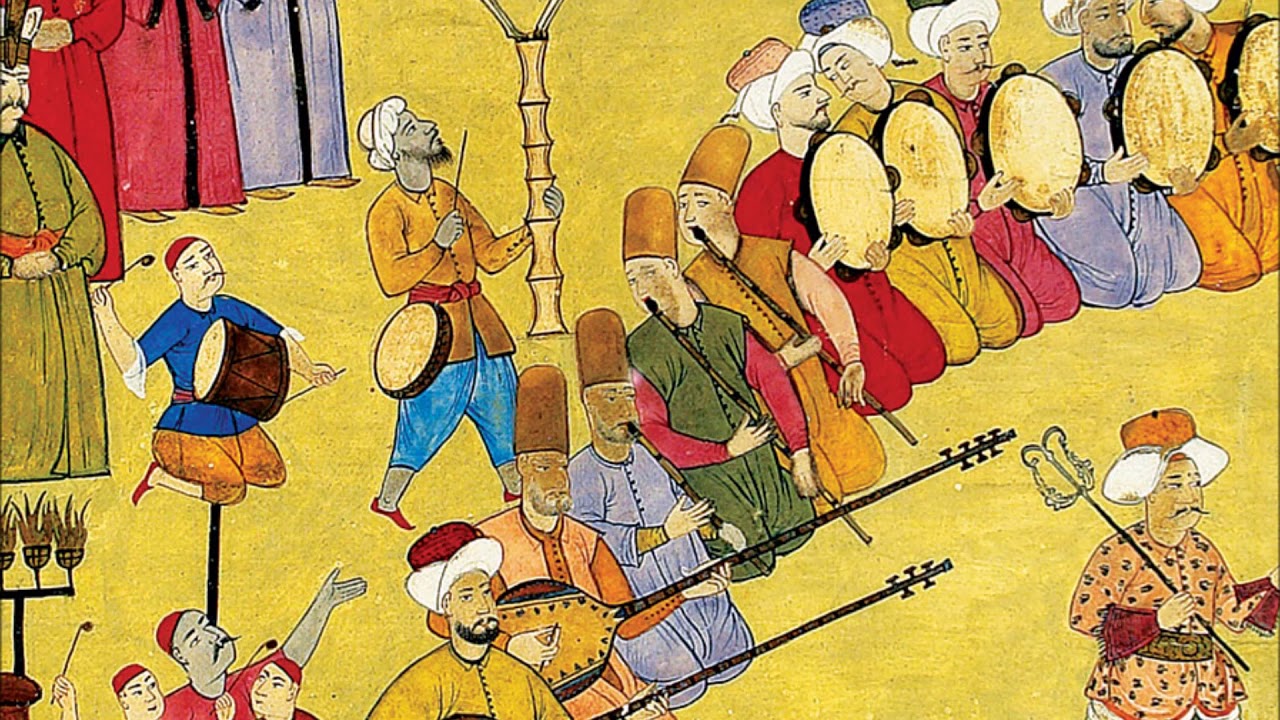
Running:
The continuation of the rune type in pre-Islamic literature, jostle are enthusiastic poems sung by bards accompanied by saz. It is sung with 11 syllables and consists of at least 3 and at most 12 quatrains. The rhyme scheme is axax, bbbx, cccx.
Running example:
Hey brothers, let’s watch,
Govel duck flew from the lake in the morning.
Allar is dressed and a wreath is laid.
He was born like the rising sun
Semai:
Semai, which has similar characteristics with running, is sung with an octet syllable, unlike it. It consists of at least three and at most five quatrains. It has a rhyme scheme of abab, cccb, dddb. It is not very common.
Semai example:
I said, what is Erzurum, he said, it is science.
I said will you go, he said it’s my way
I said, who is emrah, he said, he is my servant
I said would you sell it, he said no no
Presence:
As a version of running, which is sung with a special melody, it is a form peculiar to the Vergik Turks. It is written in octal syllable. 4+4 with or without stops. Its rhyme is xaxa bbba ccca.
Example of default:
Bre agas, bre gentlemen, bre agas
Let’s have a moment before I die
black earth in our eyes
Let’s have a brew before it’s full
oh my god oh my god
What does he know when
meadow fenugreek above us
Let’s have a moment before it’s over
Verse forms in Divan literature
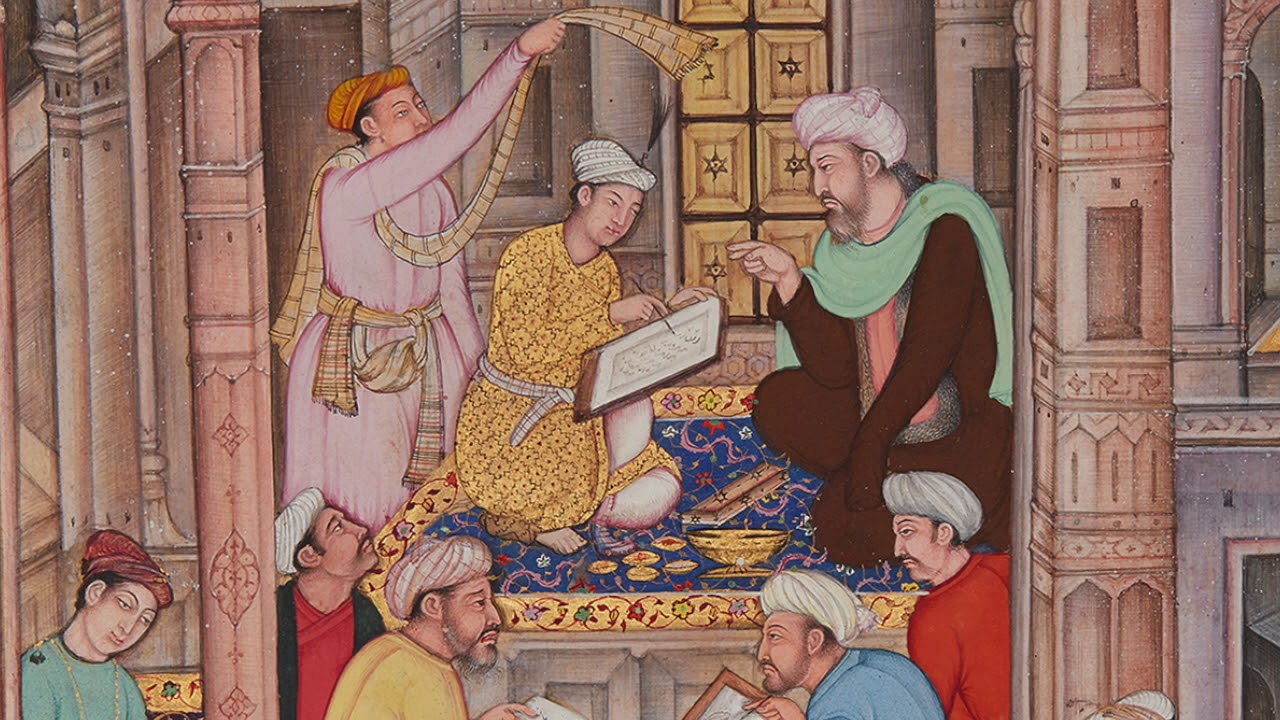
Verse forms established with bents
Musammat:
It is a writing technique applied in Divan literature rather than a verse form. It is applied in the form of rhyming in the middle of the string.
Example of Musammat:
Hiras-i fitna saldun dehre ey bî-dâd what are you doing?
You broke off from place to place âşûb-ı kıyâmet-zâd, what will you do?
You did misery
You distributed hâb-i naz-i yar, oh howl, what are you doing?
What would you do to destroy the world with Edub fitna?
Terkib-i bend:
It consists of several bents with different rhymes. At the end of the paragraphs, there is a couplet with the same rhymes.
Terkib-i bend example:
Companion of Iqbal, the siayet just came out
We didn’t know before, this insight just came out
The circus multiplied and the lafz-i fidelity was fashioned.
Honor is complete, hamiyyat has just come out
Elegance became a disgrace to enemies
Complaint from Dildar to Ağyâr has just come out
Terci-i bend:
They are verses that are connected to each other by a connecting couplet that comes to the end of each paragraph. Hundreds of couplet verses can be connected in this way.
Terci-i bend example:
Subhâne men tehayyere fi sun’ihi’l-ukūl
Subhâne men bi-kudretihî yu’çizu’l-fuhûl
verse forms formed by quatrains
Ruby:
The quatrains written in aruz measure are called rubai. The first two and fourth strings are rhymed, the third string is free. It has 24 different patterns. Our literature has passed through Iranian literature.
Rubai example:
The world is in trouble looking for you;
You do not appear to the rich, nor to the poor;
You talk but are we deaf or
Are we always blind, you are in sight.
Tuyug:
It is the equivalent of mani in Divan literature. It has an aaxa rhyme scheme. It is sung in 11 syllables.
Tuyug example:
Dilber’s job becomes itab u naz
Çeşmi cadu, her dimple becomes dimmâz
O heart, be patient, endure mother
Reaching the profit will be less
Song:
They are poems with 4, 5, 6 lines written for the purpose of composition. It has an aaxa rhyme scheme. It can be written on many different topics.
Song example:
Become a fountain, this sîb nûr has become
Where did he go, that every-câyî that meh-pâre ‘aceb
Who is ointment-i kafûr to his wound
Kandedür kande that cruel o reproach-kare ‘aceb
Murabba:
Murabba, which has a rhyme scheme in the form of aaaa, bbba, ccca, ddda, consists of three to seven stanzas. There are also murabbas that do not rhyme in the first paragraph or after.
Murabba example:
It burned, burned me, nar-i firak
Get away from your job, Iraq
Hey, what a troublesome problem, this istiyâk
Tell me, O bad-i sabâ to my soul
Verse forms formed with couplets
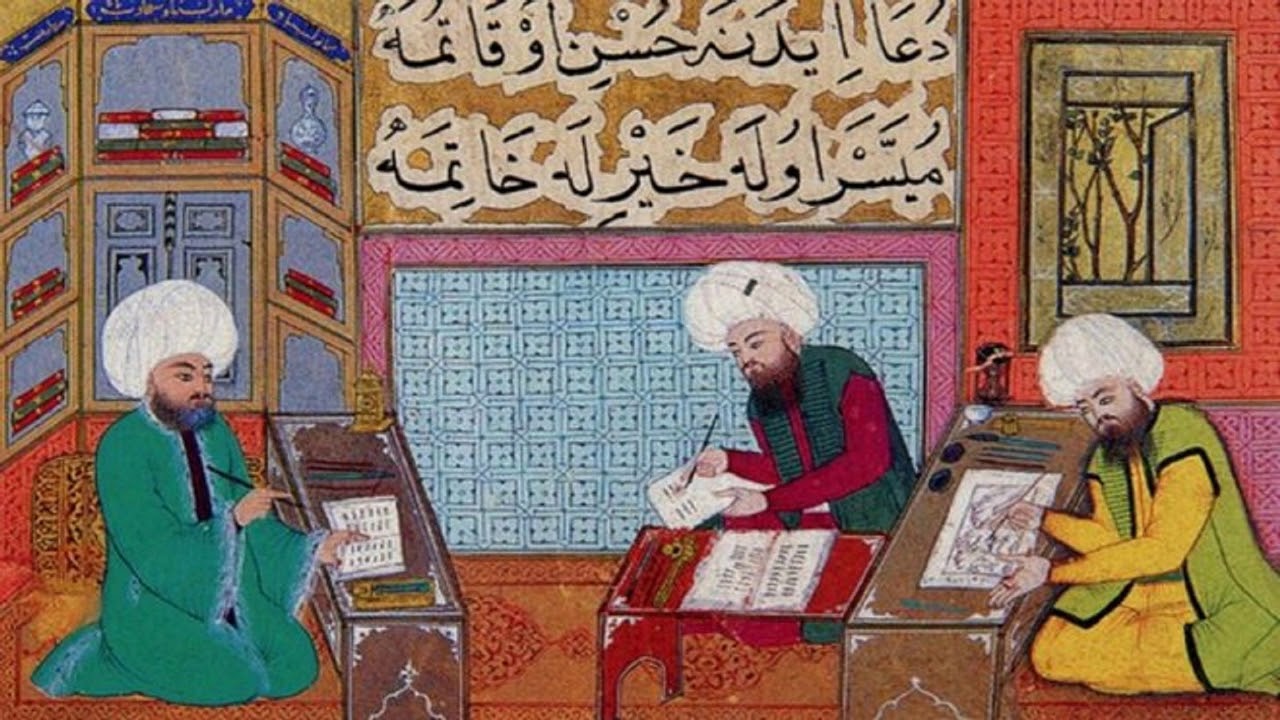
Gazelle:
The first couplet of the ghazal, which has a rhyme scheme in the form of aa, ba, ca, is called matla, the next couplet is called Hüsn-i matla, and the last couplet is called maqta. It consists of 5 to 15 couplets. It can be written on many different topics, especially love.
Gazelle example:
Semen got tired of the soul
Feleks burned, won’t it burn ahumdan murâdum şem?
Ode:
Writings and poems to praise religious and state elders are called qasida. It can be written as up to 99 couplets. It is written in aruz measure. The rhyme scheme is aa, ba, ca, da, ea, fa.
Example of qasida:
The soul became a messiha adjective enfas-i spring
They opened the ezhâr from the people of dîdes.
Mathnawi:
Poems composed of rhymed couplets written in aruz meter are called masnavi. Each couplet rhymes with itself. Long love stories and epics were written in the form of masnavi. Mevlana’s Mesnevi is the most important example.
Continent:
These are poems that consist of 9-10 couplets and do not use pseudonyms and matla. The rhyme scheme is xa xa xa.
Kıt’a example:
Tecelli ber urur from place to place from the love of the mountain
In the world, my kind of love, nûr flows from every rosesitânum
Mihr ü mahdan is famous even if nola is in the world
This k’am is a fresh rose from my rosetân-ı declaration
Mustaza:
It is formed by adding a verse written in the same meter at the end of each couplet of the poems written in different verse styles.
Example of a must:
Those who don’t want me at your door will be a mess
let it be my begum
Get worse than me with the trouble of a thousand dice
let it be my begum
used to classify poems according to their forms in Turkish literature. what is verse form, what are its types We talked about the details you need to know about the subject by answering frequently asked questions. Since it is a comprehensive subject, we have only shared the most important points through examples.
RELATED NEWS
